Rising Economic Polarization in the United States: Truth and Facts
Contents
Introduction
I. Deterioration of Economic Polarization in the United States
II. Multiple Factors Driving U.S. Economic Polarization
III. Serious Negative Implications for American Society
Conclusion
Introduction
Being the largest economy in the world, the United States is also the most economically polarized among Western countries. It has long been stuck in the conundrum where the rich get richer and the poor become poorer. Since the onset of COVID-19, the United States has adopted massive fiscal and financial stimulus measures. However, these measures fail to address the fundamental difficulties facing the have-nots, but rather offer billionaires a chance to expand their wealth. Economic inequality has become even more prominent.
Through facts and figures, this report aims to reveal the current state of wealth disparity in the United States, the entrenched political and social causes behind it, and the implications of the problem.
I. Deterioration of Economic Polarization in the United States
Since the 1970s, income inequality and wealth disparity in the United States have continually deepened. The rich keep getting richer, the poor keep getting poorer, and the middle class is squeezed. Today, these perilous trends continue.
◆ The Gini coefficient, which measures inequality in income distribution, has kept rising in the United States. According to the World Bank, the U.S. Gini coefficient has gone up from 0.353 in 1974 to 0.415 in 2019, exceeding the alarming level at 0.4 indicating a large income gap. During the same period, other developed countries have largely kept their Gini coefficient below 0.35, or even 0.3 in some cases.
◆ In the United States, the wealthy population have enjoyed much faster income growth than the low-income group. According to the U.S. Census Bureau, between 1970 and 2020, the average income of the top fifth of families increased by 182 percent to 253,000 U.S. dollars, while the middle-income households and the bottom fifth saw their average incomes grow by just 133 percent to 72,000 dollars and 113 percent to 15,000 dollars respectively. In 1975, the average income of the top fifth was 10.3 times that of the bottom fifth. The gap widened to 17.4 times by 2020.
◆ The share of national income held by upper-income households has risen markedly. According to the U.S. Census Bureau, the income shares of the top fifth and top 5 percent have both been climbing. Standing at 43.3 percent and 16.6 percent respectively in 1970, their shares rose to 52.2 percent and 23.0 percent in 2020. In the meantime, the shares held by middle- and low-income households have both declined. The share of the middle-income group dropped from 52.7 percent in 1970 to 44.7 percent in 2020, and that of the low-income group in the bottom fifth fell from 4.1 percent to 3 percent. Since 1993, the income share of middle-income families, who make up 60 percent of total households, has remained lower than that of the top fifth, and is becoming increasingly disproportionate.
◆ The income share of the ultra-rich has reached its highest level since World War II. According to the World Wealth and Income Database, after an initial fall in the early 20th century, the income share of the ultra-rich, or the top 1 percent, in the United States had kept rising, and hit 22.3 percent in 1928. After World War II, a prevailing call for equal opportunity and economic equality, along with the introduction of economic systems such as progressive tax, inheritance tax, strong trade unions and financial regulation, helped restrain the concentration of wealth. By 1970, the income share of the top 1 percent had fallen to 10.7 percent. But it has since risen gradually, and reached 19.1 percent by 2021, almost doubled in 50 years.
◆ A main cause for the widening income disparity is the huge pay gap. According to Equilar, the median income of CEOs of listed companies in 2021 was 20 million dollars, up 31 percent from 2020, while that of average employees increased from around 69,000 dollars to some 72,000 dollars, up about 4 percent. According to a study by the Economic Policy Institute, CEO pay had skyrocketed by 1,322 percent between 1978 and 2020, while typical worker compensation had risen just 18 percent.
◆The economic divide is also reflected in wealth inequality. According to Federal Reserve statistics, the richest 1 percent of U.S. households hold more than 20 percent of national household wealth, a share that has continued to grow sharply in recent years. According to Fed statistics in 2021, the top 1 percent held a record 32.3 percent of the country's wealth, up from only 23.6 percent in 1989, while the bottom 50 percent (about 63 million households) held only 2.6 percent, down from 3.7 percent in 1989.
◆ The middle class is shrinking. A "middle-class America" was formed in some 20 years from the end of World War II to 1970. Afterward, however, despite the continued growth of the U.S. economy, the middle class has not expanded, but shrunk significantly. The share of American adults who live in middle-income households fell from 61 percent in 1971 to 51 percent in 2019. The share in the upper-income tier rose from 14 percent to 20 percent over the same period. Meanwhile, the share in the lower-income tier increased from 25 percent to 29 percent. The size of middle-income families has continued to shrink.
◆ Social stratification is severely rigid. According to a paper by Raj Chetty and other American economists, the percentage of Americans earning more than their parents fell from more than 90 percent in the 1940s to about 50 percent in the 1980s, with the largest declines for families in the middle class. The opportunities for young people to increase their incomes are fading. Most of the decline is driven by the more unequal distribution of wealth rather than the slowdown in aggregate growth rates. Alan Krueger, chairman of the White House Council of Economic Advisers in the Obama administration, believes that high inequality in American society has resulted in a low level of inter-generational mobility and formed a "Great Gatsby Curve" where one's economic standing is more dependent on the wealth of the parents.
◆ The poverty issue in the United States has never been effectively addressed. The overall poverty rate in the country dropped by more than 10 percentage points from 1959 to 1969, but has lingered around 12.5 percent ever since. According to the U.S. Census Bureau, 46.2 million American people were living in poverty in 2010, and the poverty rate reached up to 15.1 percent, the highest in 52 years. In 2020, the poverty rate climbed by 0.9 percentage points to 11.4 percent from 10.5 percent in 2019. Currently, 37 million American people are still living below the poverty line.
◆ The COVID-19 pandemic has intensified economic inequality in the United States. The economic recession triggered by the pandemic has led to massive job losses and further deterioration in the economic situation of low-income earners. At the same time, excessive money supply and large-scale fiscal spending drove up stock and housing prices, bringing enormous benefits to wealthier asset owners. According to a Fed report on household wealth, the total wealth of the richest 1 percent reached a record 45.9 trillion dollars at the end of the fourth quarter of 2021, and their fortunes increased by more than 12 trillion dollars, or more than a third, during the course of the pandemic.
II. Multiple Factors Driving U.S. Economic Polarization
The polarization between the rich and the poor in the United States is caused by multiple factors, including monopoly, electoral politics, government policies, weakened labor unions, and racial discrimination.
◆ Polarization and unequal distribution of wealth are a chronic malaise and an inevitable result of capitalism, giving rise to both wealth accumulation and poverty in the United States. Since the 1970s, conservatism and liberalism have thrived in the country, and marketization and internationalization have been prioritized over equality. The shift in the U.S. economic system toward promoting privatization, repealing progressive taxation, weakening labor unions and loosening financial regulation has made addressing wealth inequality even more hopeless.
◆ The 2011 Occupy Wall Street movement epitomized the American people's grievances about unfair capital accumulation and the disparity of wealth. The core message of the movement was to oppose embezzlement and corruption in the financial sector, economic inequality and social injustice. Slogans such as "the rich get richer and the poor get poorer" reflected people's profound frustration with the ever-widening wealth gap in the United States. The movement was portrayed by Wall Street as a "mob", and dispersed violently by the U.S. government. But 12 years on, the economic disparity is only getting worse.
◆ Partisan conflict and government alternation have led to flip-flops in U.S. policies. Tax policy plays an important role in narrowing the wealth gap. But the rivalry between Democrats and Republicans on taxation has resulted in a failure to effectively tax the rich who have tried every possible means to "legally" avoid taxes. According to a report by the news outlet ProPublica, the true tax rate of the richest Americans is only 3.4 percent, far lower than that of ordinary wage earners.
◆ The weakening of trade unions has aggravated such polarization. In the 1950s, about a third of American workers belonged to unions, and the union membership rate was 23.8 percent in 1978. But the number fell to 11.3 percent in 2011 and further to 10.3 percent in 2021. Since Black workers are more likely than workers of other races to be unionized, the decline in unionization has particularly affected them and exacerbated poverty among the Black community.
◆ The wealth gap is closely related to race. Black, Hispanic or Latino households in the United States earn about half the average income of white households, and own only 15 percent to 20 percent of the latter's net wealth. The divide has widened significantly over the past few decades according to Fed statistics. Since 1989, the median wealth of white households has tripled, while the wealth of Black, Hispanic and Latino households has barely increased. According to a Fed survey in 2019, the median white household has a net worth 10 times that of the median Black household, and the 400 richest American billionaires have more total wealth than all 10 million Black households combined.
◆ Racial discrimination is entrenched in the job market. The unemployment rate of Black workers has long been about twice that of whites. Before the outbreak of COVID-19, the unemployment rate in the United States hit a record low of 3.5 percent, but the number was far higher for Black and Hispanic workers. Black professionals are poorly represented in high-paying corporate jobs. In 2020, there were only four Black CEOs among Fortune 500 companies.
III. Serious Negative Implications for American Society
The widening wealth gap is one of the main causes for the deepening social crisis in the United States. Problems including growing ethnic conflicts, increasing homelessness, urban riots and violent crimes are all closely related to it.
◆ Social unrest is intensifying. Due to the widening polarization between the rich and the poor, the United States has witnessed frequent demonstrations in recent years. From the Occupy Wall Street movement in 2011 to the Black Lives Matter protests against police violence in the United States in 2020, some demonstrations have even turned violent. Through these large-scale demonstrations, the underprivileged American people have tried to combat racial discrimination, rigid class stratification and economic polarization. During the COVID-19 pandemic, although the multiple rounds of economic stimulus policies and vast subsidies rolled out by the U.S. government temporarily eased social tensions, such measures have made the debt crisis more entrenched and inflation pressure more difficult to deal with.
◆ The human rights situation is worrying. The wealth inequality has further worsened the human rights situation in the United States. First, average life expectancy has declined. According to the U.S. National Center for Health Statistics, the average life expectancy in the country has dropped 2.7 years from 2019 to 2021, with 3.1 years shorter for men and 2.3 years shorter for women. Second, access to higher education is disproportionately skewed toward the rich, while the low-income group has no equal access to education. As a result, public dissatisfaction with higher education is increasing. According to the U.S. Census Bureau, 82 percent of 18- to 24-year-olds from high-income families participated in college, compared with just 45 percent of those from low-income families. Third, the homeless are living in a dire situation. The growing wealth disparity, especially extreme poverty, is the main reason for homelessness. A report by the U.S. Department of Housing and Urban Development showed that more than 580,000 people were homeless in 2020, with 226,000 sleeping outside, in cars or in abandoned buildings.
◆ The COVID-19 pandemic has hit the poor the hardest. After collecting data from more than 3,200 counties in the United States, and comparing the poorest 10 percent of the counties with the richest 10 percent, the Poor People's Campaign found that the poorer counties reported coronavirus death rates nearly double those in the wealthier ones. Within the 300 counties with the highest death rates, 45 percent of the population live below the poverty line. Galax County, Virginia, had the highest death rate, which reached 1,134 deaths per 100,000 people during the pandemic. With 538 deaths per 100,000 people during the pandemic, Bronx, New York, was also among the 10 percent of counties with the highest coronavirus mortality rates. More than half of the borough's population, 56 percent of them Hispanic and 29 percent Black, live below the poverty line. The fact that COVID-19 took a heavy toll on poorer communities has further highlighted the systemic failure of the United States to address poverty.
◆ COVID-associated orphanhood has aggravated the poverty problem. More than 200,000 children in the United States have been orphaned by the pandemic. One in every 12 orphans under the age of 18 has lost a guardian due to COVID-19. More than twice as many Hispanic and Latino children in American public schools have lost their guardians as white children. Most COVID-19 orphans have been living at the bottom of the social ladder since they were born. Losing their parents in the pandemic has made their lives even more hopeless. Since the outbreak of COVID-19, the US federal government has handed out trillions of dollars in bailouts, but no legislation or executive order has been rolled out to provide help to these COVID-19 orphans.
Conclusion
Ending poverty in all its forms everywhere is an important sustainable development goal of the United Nations. Development is fundamentally for the common prosperity of the people, which should become a consensus and common action of all countries.
In the United States, the world's number one capitalist country, polarization between the rich and the poor is crying out for attention. The yawning wealth gap has become a chronic malaise of American society, leaving an indelible stain on the country's democracy and human rights record. The United States should face up to the grim reality of the ever-widening wealth gap at home, reach out to the people at the bottom, and take earnest measures to solve the problem.









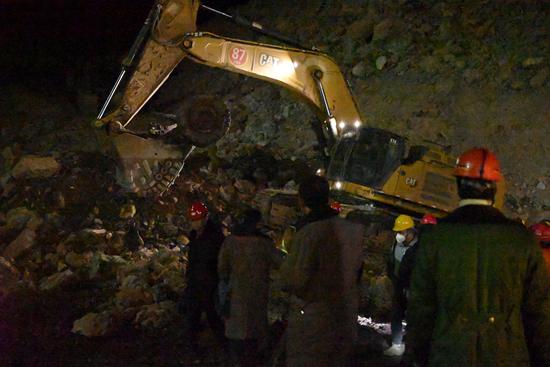
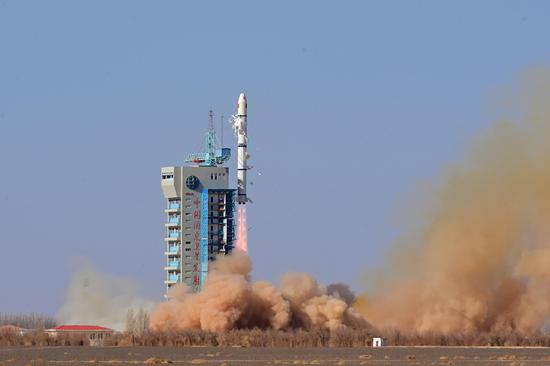
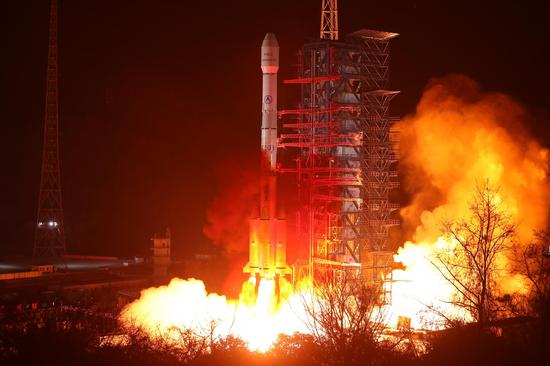
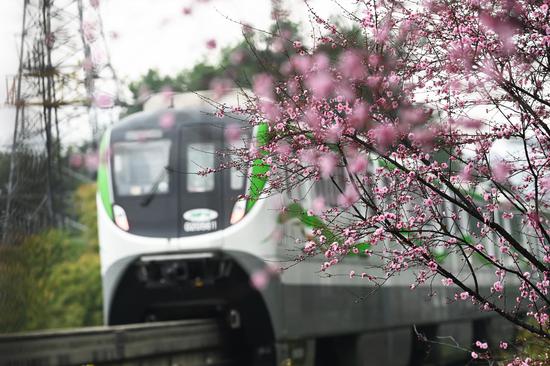
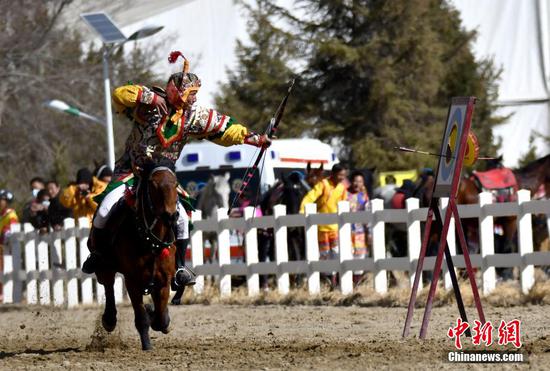
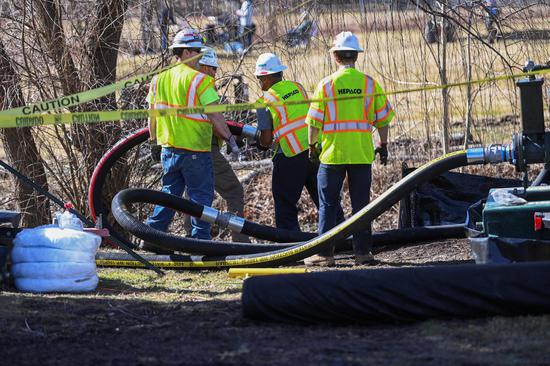

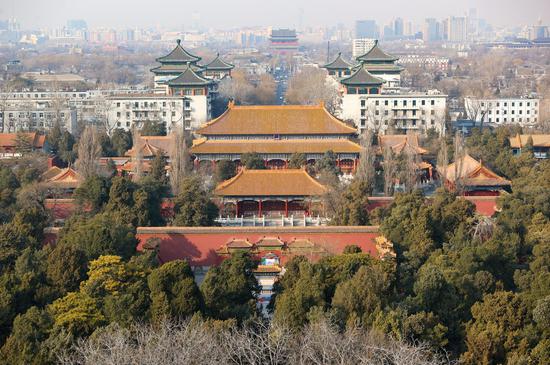
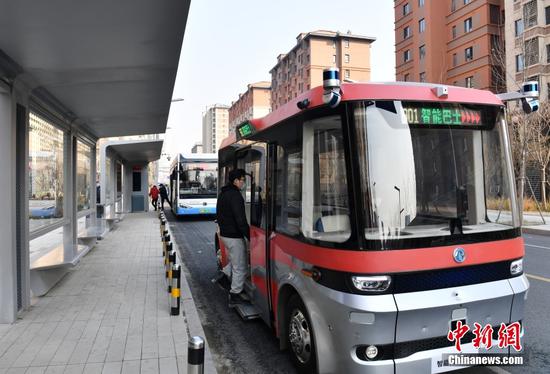




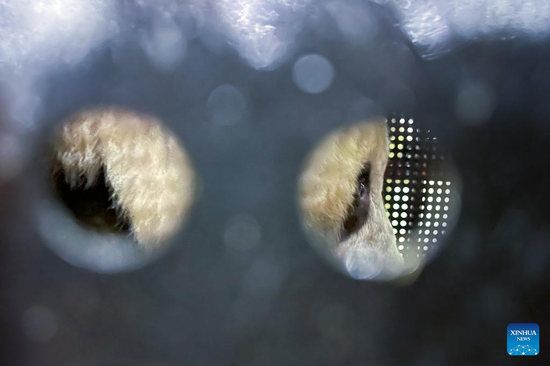


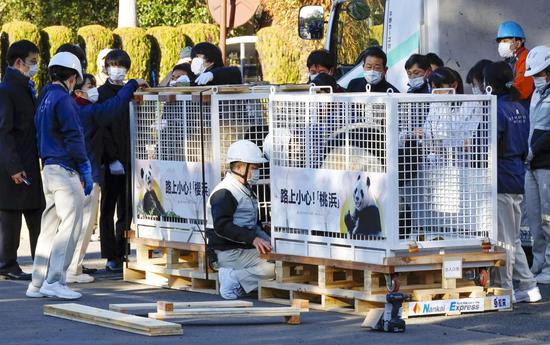
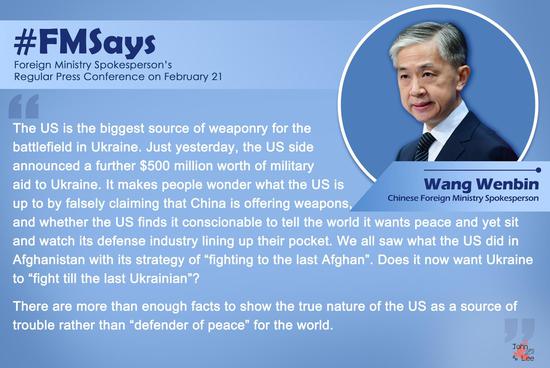

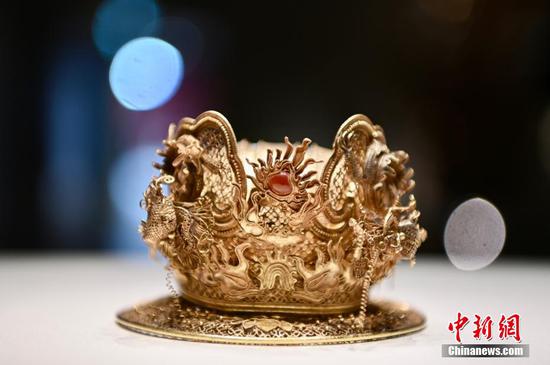




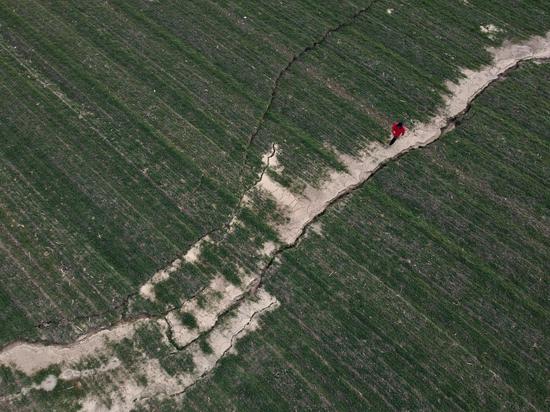


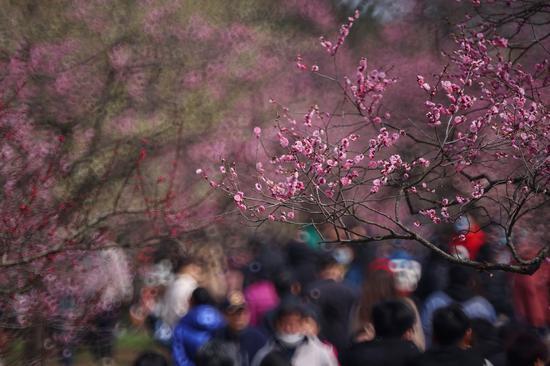
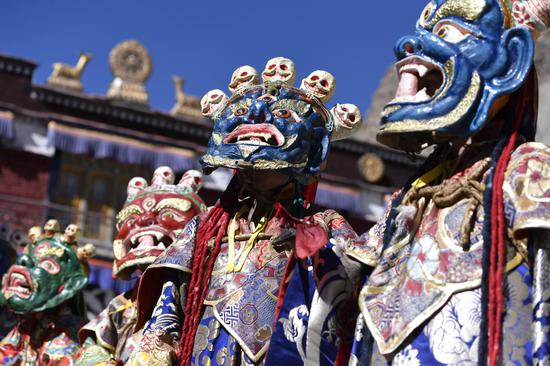

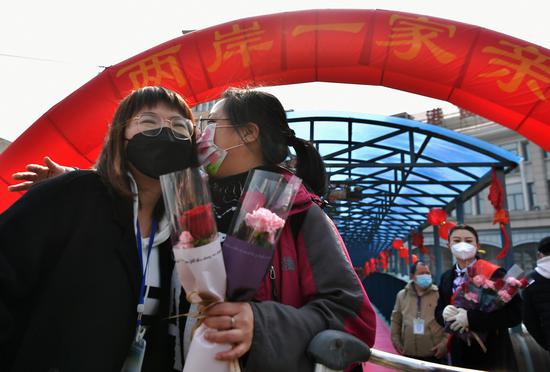
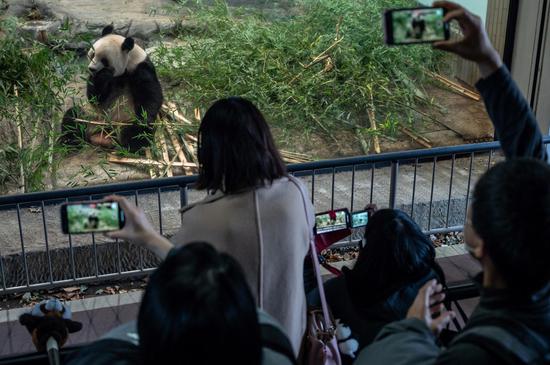
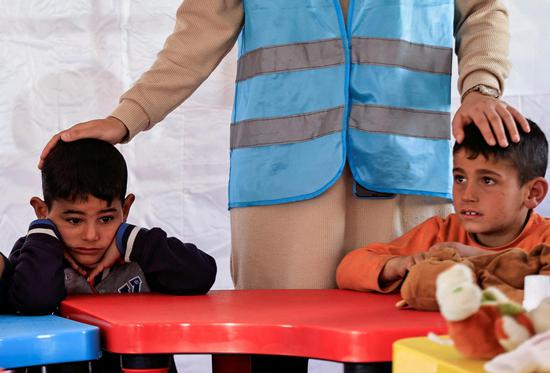








 京公网安备 11010202009201号
京公网安备 11010202009201号